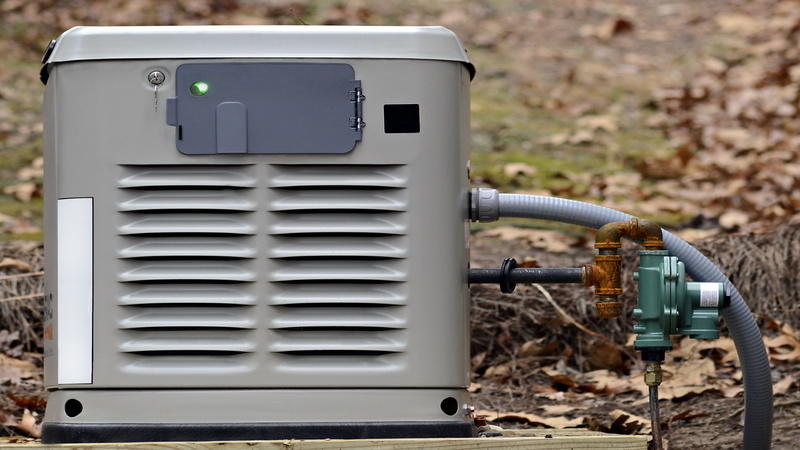Differential pressure transducers are used in a wide variety of industries and applications. They are found in production and manufacturing systems, in engines and systems in vehicles and aircraft as well as in processing plants and fresh and wastewater systems.
Any differential pressure transducer operates using the same method. It uses two different references, where one of the references is not a perfect vacuum or atmospheric pressure. These two references are separated by a diaphragm, which can be made out of a variety of materials. When the pressure changes on either side relative to the other side, the diaphragm distorts or changes shape.
The change in shape is recorded and converted into an electric signal by the pressure transducer that will be read as volts or millivolts through the system. It is possible to have two gasses, a gas and a liquid or even two liquids as the two references. When there are two liquids present as the references, it is known as a wet wet differential pressure transducer.
Making A Selection
Just like any other pressure transducer or transmitter, a wet wet differential pressure transducer is rated for specific pressure ranges. It will be essential to choose the correct pressure range as well as the line pressure. Make sure to consider the upper limit of both types of pressures and not the average.
Another critical consideration will be the types of liquids that can be used with the sensor. Some are designed for use with corrosive liquids, which will be an important point to check for many types of industrial and processing applications.
These types of sensors can also be developed to allow direct connections to software systems for monitoring, tracking and recording. These are often used when the wet wet differential pressure transducer will be operated in remote or critical areas of the system.



